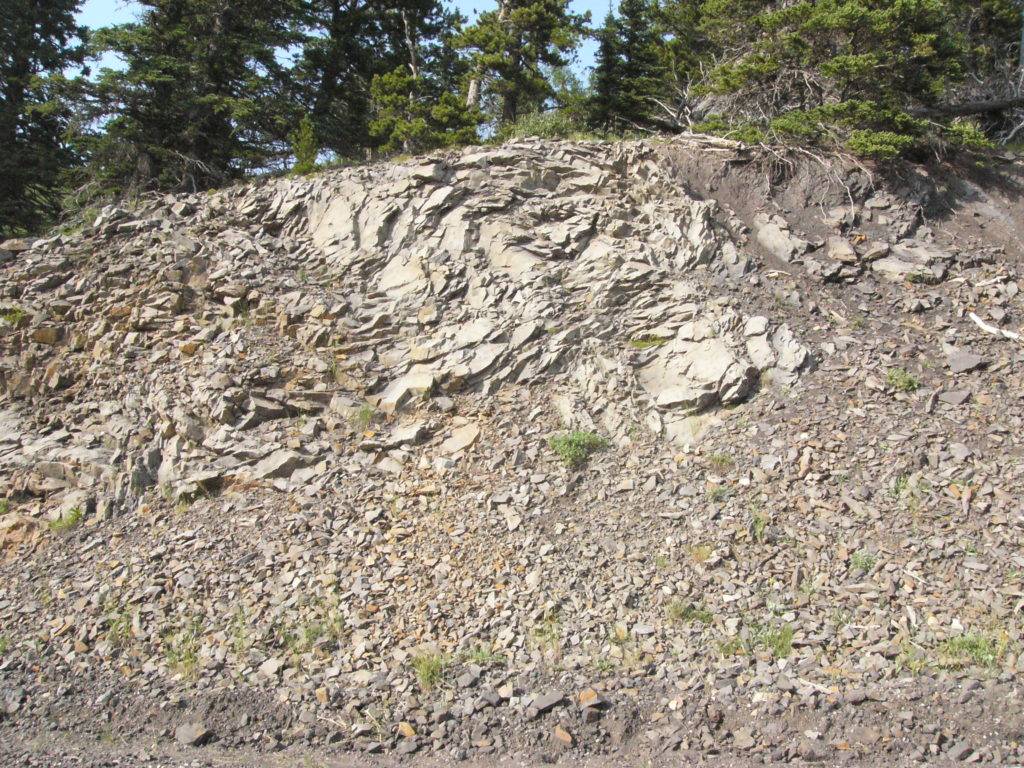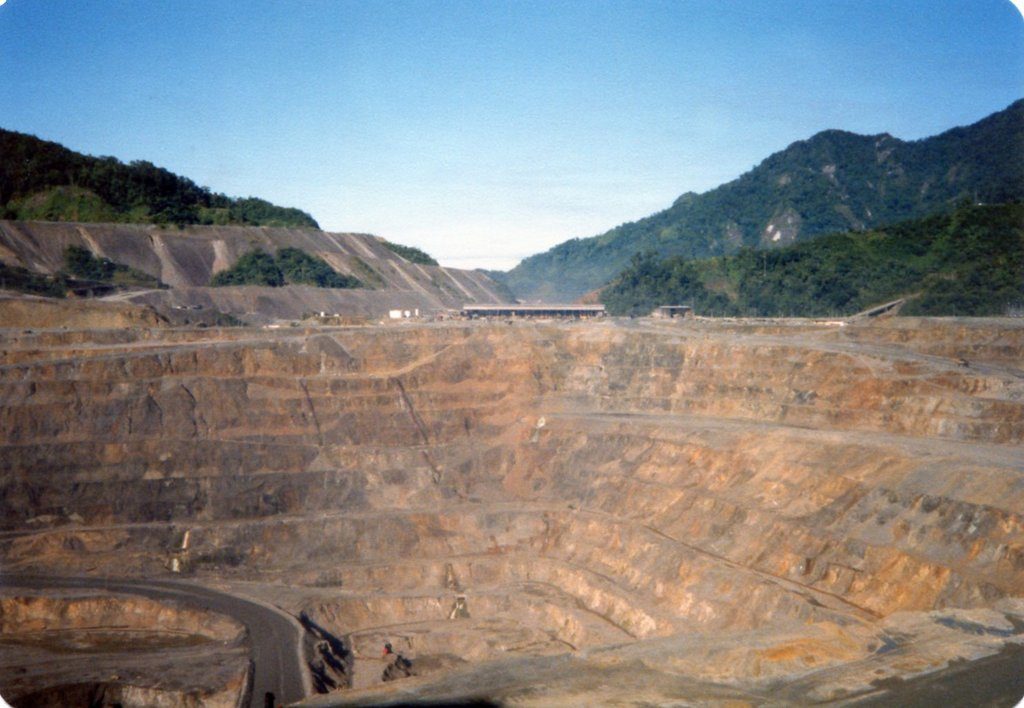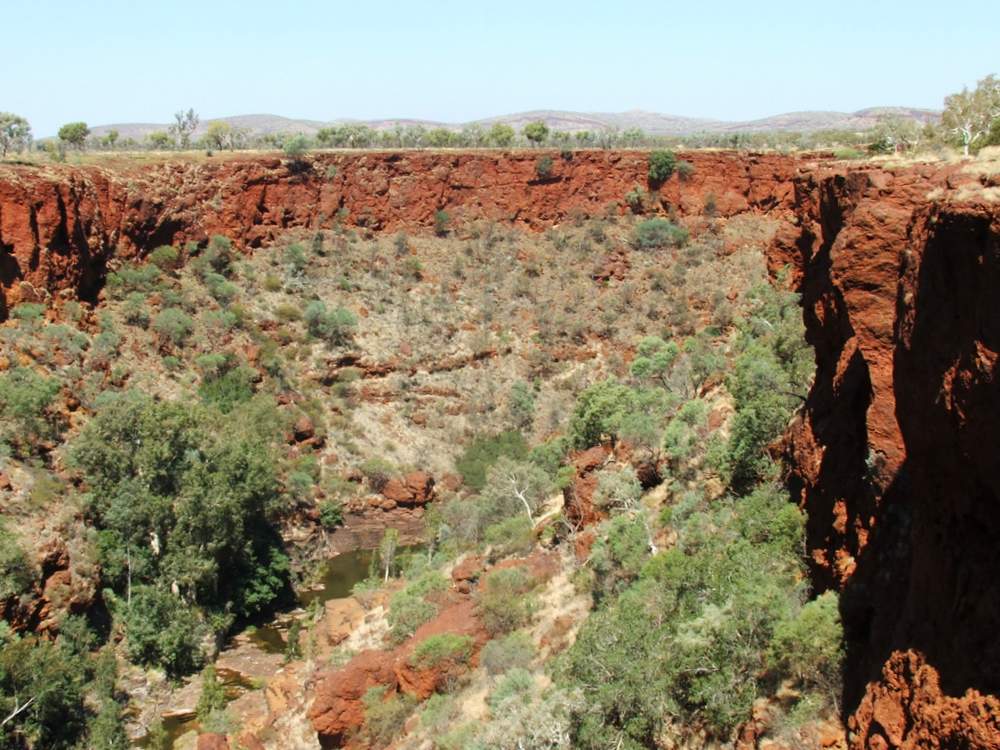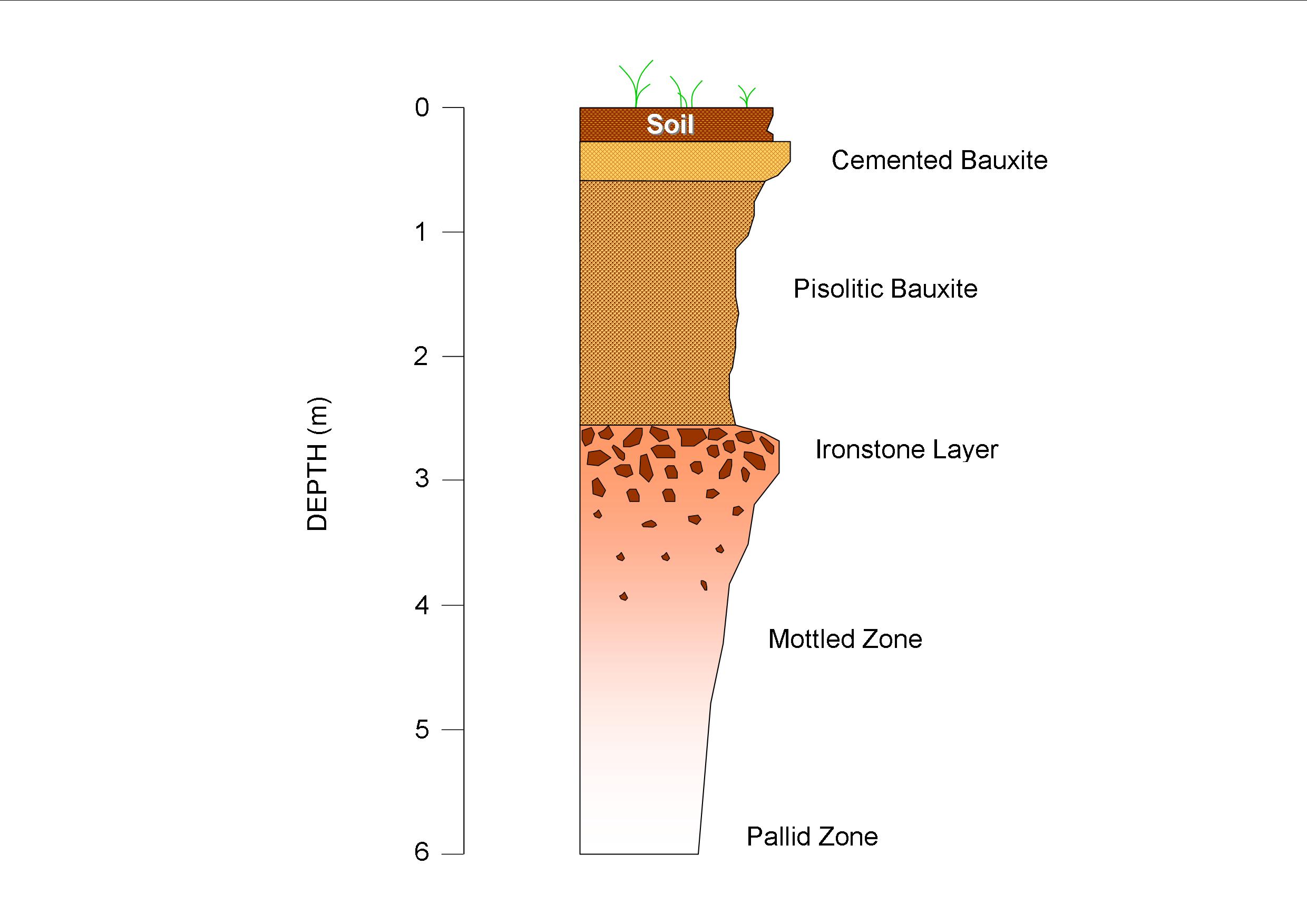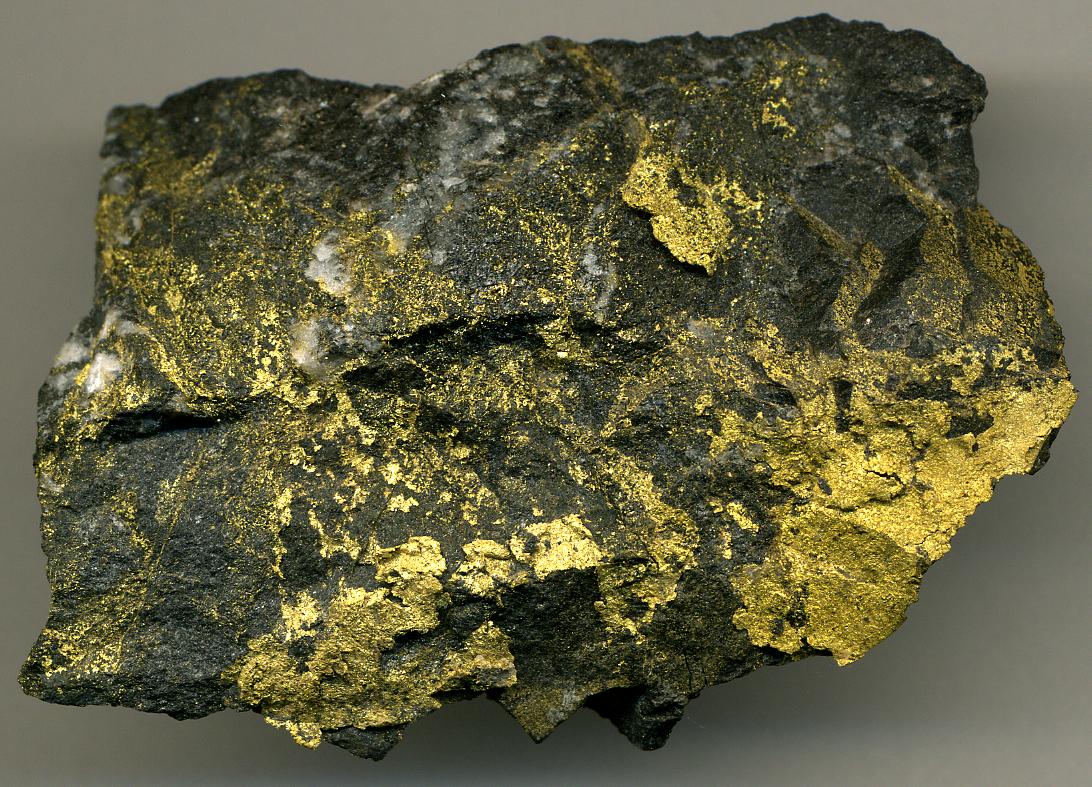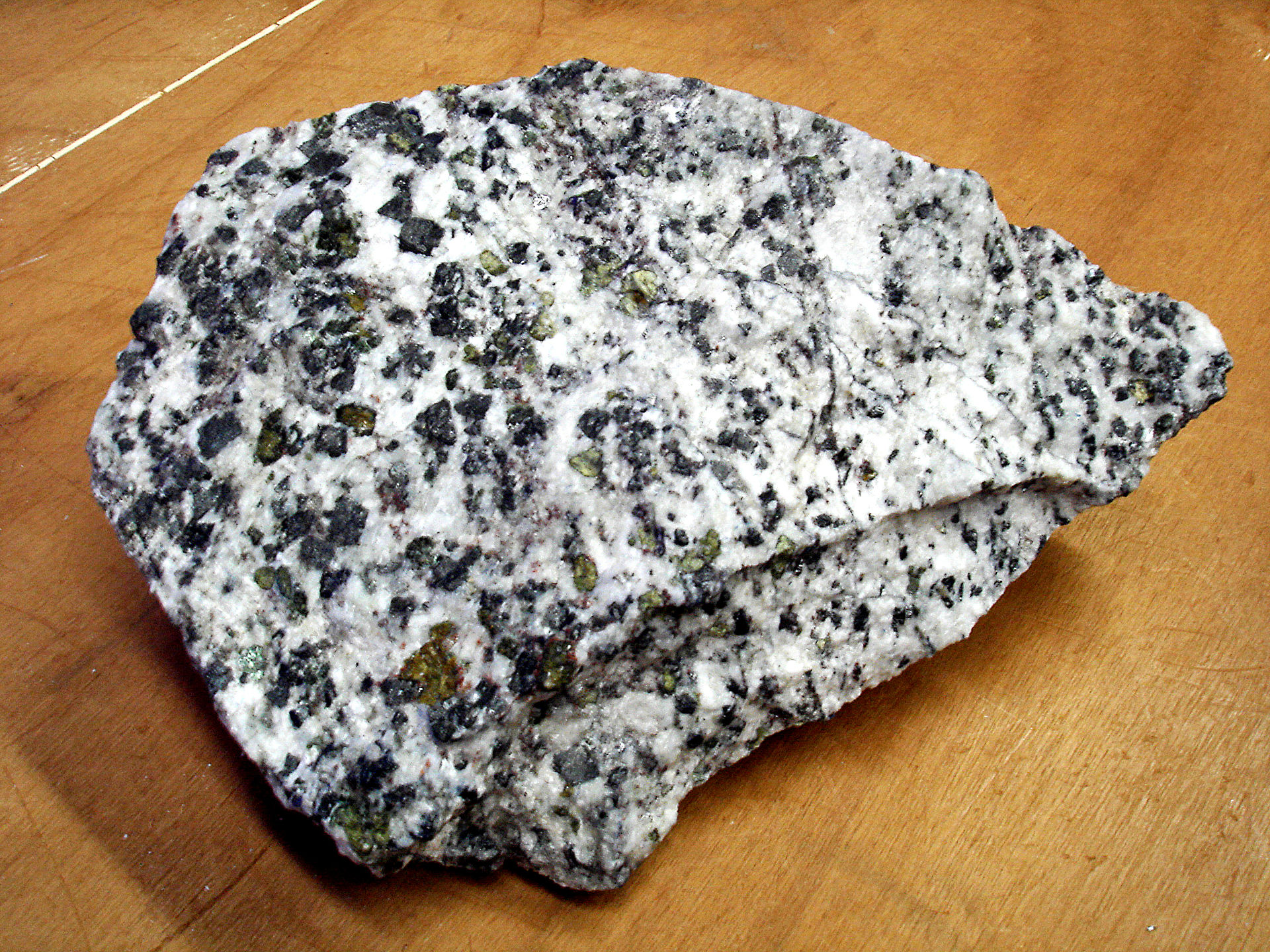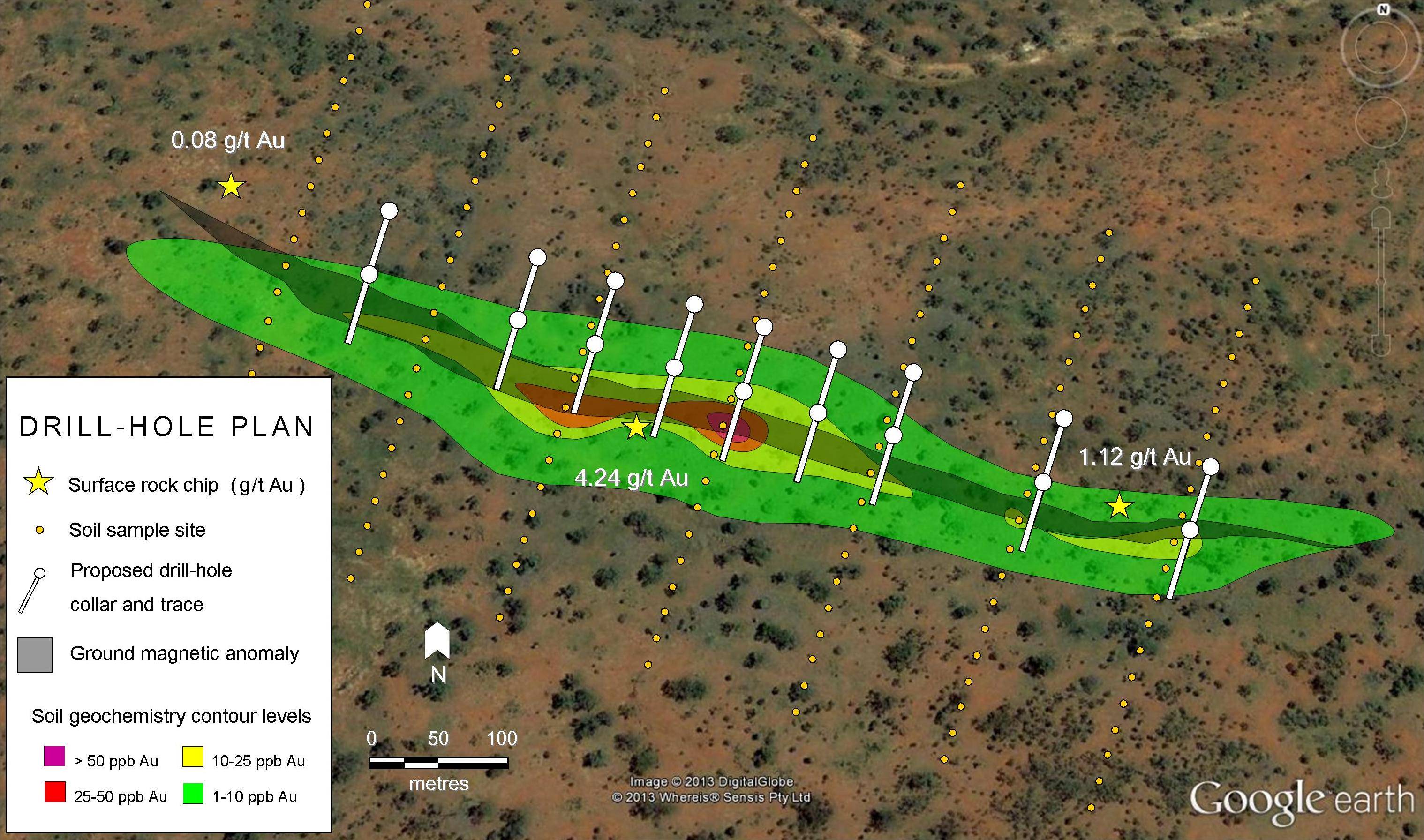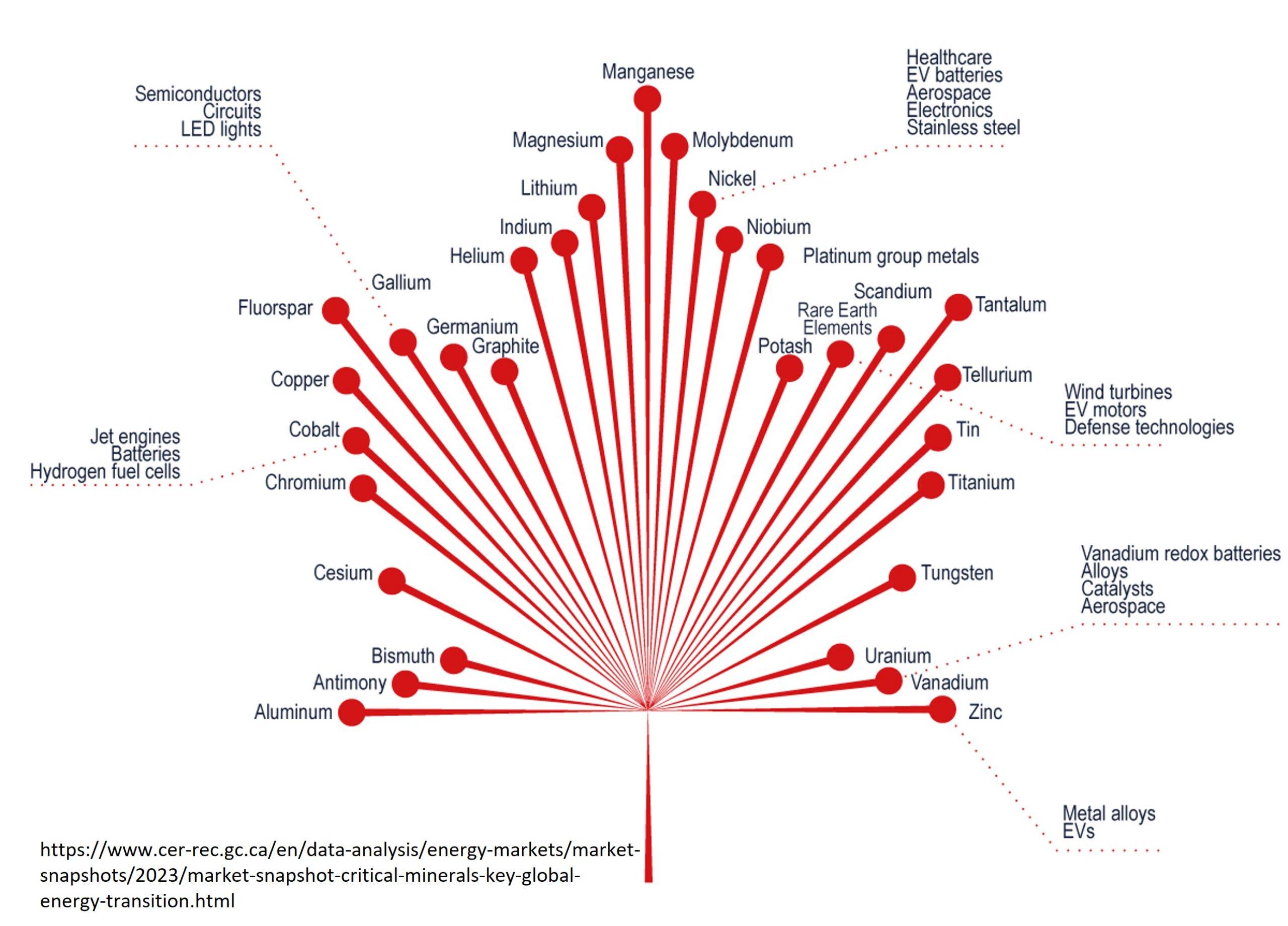Epithermal gold deposits are among the richest gold deposits in the world, with some bonanza-grade ore shoots containing more than 1000 g/t gold-equivalent or a kilogram of gold for everyone tonne of rock mined. The tonnage of ore in epithermal veins is typically smaller than other types of low-grade gold deposits.
Gold mineralisation within epithermal veins can occur over vertical intervals of a few hundred metres, vein thicknesses of one to two metres and lengths of up to several hundred metres. In association with epithermal veins are large alteration haloes where minerals within the country rock have been converted into clay minerals by the circulating hydrothermal fluids.
Epithermal deposits are typically high grade, small tonnage and relatively shallow deposits. They are best mined by underground narrow vein methods. Rarely, closely spaced veins or vein swarms can occur, allowing open cut mining methods to become economically feasible.
The term epithermal was coined to describe a relatively shallow deposit. It comes from the Greek word “epi” meaning shallow, while “thermal” refers to the heated fluid necessary for the deposit’s formation.
There are two main types of epithermal gold deposits: low sulphide and high sulphide (Figure 1).
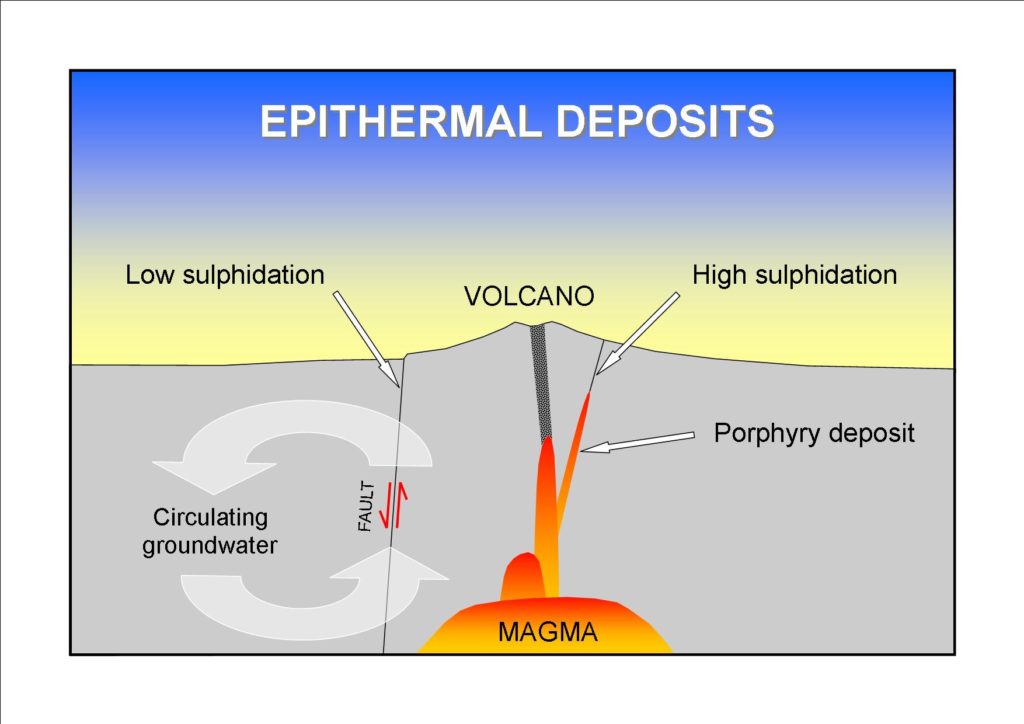
Low Sulphide Deposits
When groundwater comes into contact with hot molten rock deep under volcanoes, silicate minerals within the rock are dissolved along with metals like gold, silver, arsenic, cadmium, lead, zinc, antimony and mercury. Large kilometre-scale circulation cells are set up by the movement of these heated groundwaters, which are also known as hydrothermal fluids. These fluids move through cracks, joints and faults in the rock. As the fluids rise towards the surface, they cool and precipitate mainly quartz, some calcite and adularia (a type of potassium feldspar). The metals carried in the super-heated groundwater become concentrated within the quartz veins.
Epithermal Gold Deposits In The Making
New Zealand has several commercial epithermal gold deposits and is also a country where you can observe the creation of epithermal gold deposits.
As the cooling hydrothermal liquids seal up cracks, they create plugs which trap pressure. Earthquakes can result in an abrupt injection of hot and highly pressurised hydrothermal fluids into newly created spaces along the fault. Geysers and hot springs are created when these hydrothermal fluids erupt at the earth’s surface. Around Wairakei in the North Island of New Zealand, steam from these fluids is harnessed for electricity generation (Figure 2).
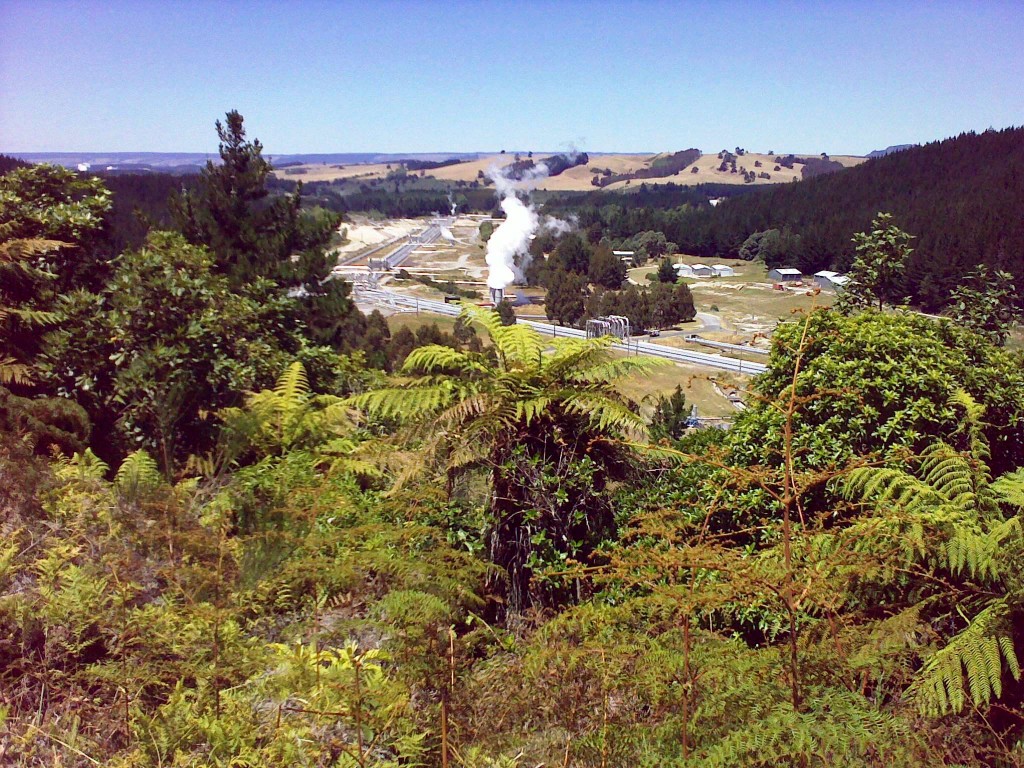
The escape of the super-heated fluids results in a sudden reduction in pressure along the fault causing boiling and cooling of the fluid with subsequent precipitation of very fine-grained quartz, calcite and adularia. These minerals form layers alternating with layers of native gold or electrum (a mixture of gold and silver). This layering is called colloform-crustiform banding and is often associated with high-grade ore, including the highly prized bonanza grade.
In the active geothermal fields of New Zealand, the formation of silica scales on the inside of the pipes that feed steam into power station turbines is a maintenance issue. Geochemical analysis of these scales indicates the presence of appreciable quantities of gold and silver. An epithermal gold deposit in the making!
High Sulphide Deposits
As the name suggests, high sulphide deposits tend to be more sulphide-rich, containing pyrite (iron sulphide) and enargite (copper-arsenic sulphide) as well as gold and silver. They appear to be genetically and spatially linked to deep seated porphyry copper-gold deposits. High sulphide deposits form in a similar manner to low sulphide deposits, just at a greater depth with a more direct link to the underlying magma.
Epithermal Gold Deposits Worldwide
Notable epithermal gold deposits include:
- USA: Comstock Lode, Nevada; Cripple Creek/Victor, Colorado; Haile, South Carolina; Wharf, South Dakota
- Canada: Brucejack, British Columbia
- Mexico: Penasquito, Fresnillo
- New Zealand: Martha
- Europe: Banská, Slovakia
Mining Techniques
Historically epithermal gold has been mined by underground techniques as miners followed the narrow, twisting veins from the surface outcrops far underground. With modern mining techniques, most epithermal deposits are mined using open-cut pit techniques.
Further Reading
- USGS Descriptive Models for Epithermal Gold-Silver Deposits (link)
Subscribe for Email Updates

